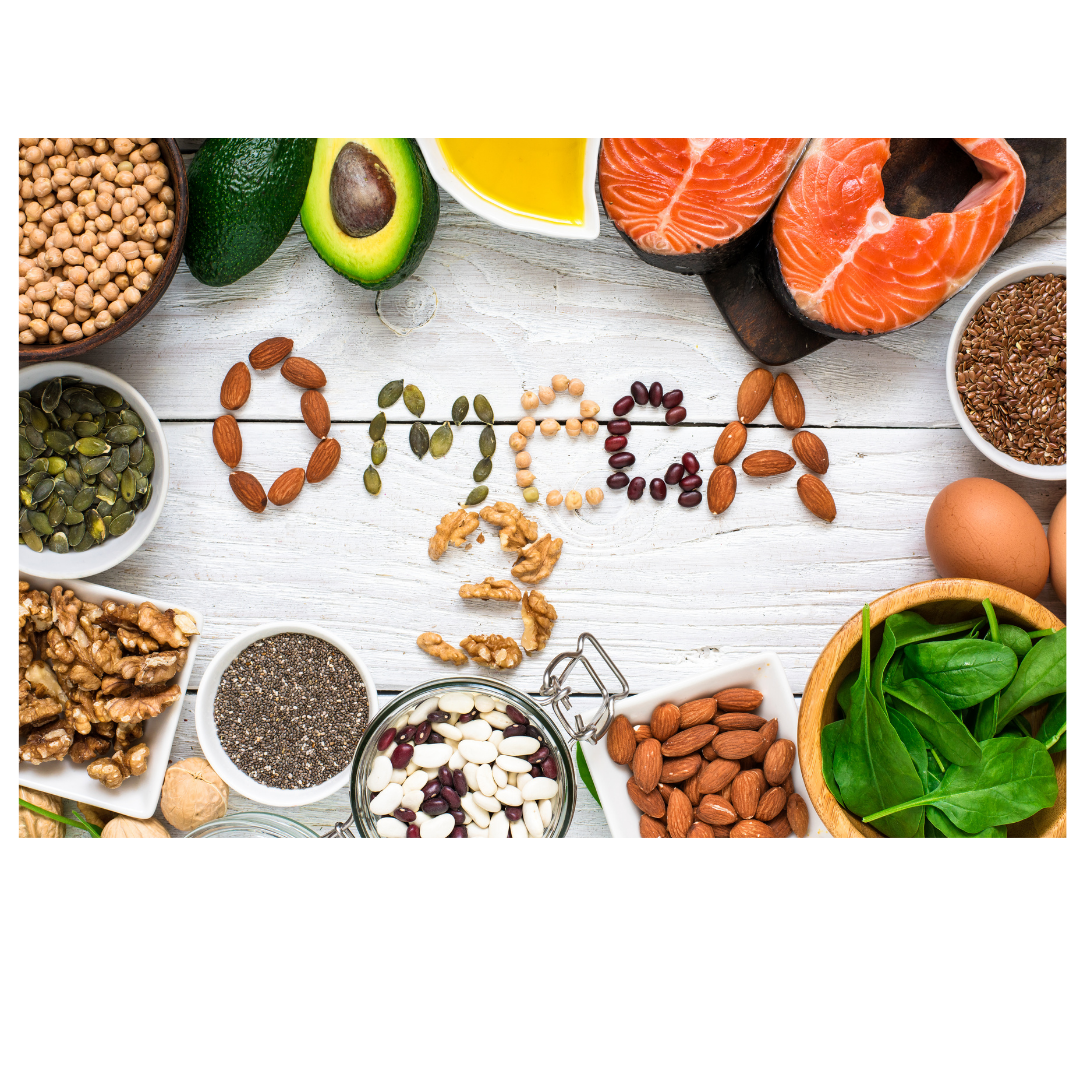
You may have heard about omega-3 fats, but what are they and why are they considered to be an ‘essential’ fatty acid?
Omega-3 is the term used to describe a family of fats. They are essential because the body cannot make them, and therefore they have to be eaten regularly in the diet. There are three main groups of omega-3 fats, these are Alpha-linolenic acid (ALA), Eicosapentaenoic acid (EPA) and Docohexaenoic acid (DHA). ALA is important as it is needed to make other omega-3 fats, and it is known to be protective against heart disease, while EPA and DHA are important for your immune and hormone systems, as well as your heart, lungs and blood vessels. They can lower your levels of triglycerides (an unhealthy fat in the blood). DHA in particular is also important for the development of the eyes and brains in infants.
Good sources of ALA include canola, linseed/flaxseed, chia seeds, walnuts, soybean and soy products and omega-3 enriched eggs. Fish and oily fish (mackerel, tuna, trout, salmon, herring, sardines, whitebait and swordfish), fish oil supplements, seaweed and fortified eggs are good sources of EPA and DHA. It is best to choose fresh fish if possible, as the process of canning fish may reduce the omega-3 content. The best way to ensure we are receiving enough omega-3 fats is to eat a variety of foods rich in these healthy fats. The Australian Heart Foundation recommends that all Australians should aim to include 2-3 serves of fish (especially oily fish) per week to meet EPA and DHA targets, as well as including 1 gram of plant-sourced omega-3 (ALA) each day. If you don’t like fish, the best way to receive omega-3 fats is to eat nuts and seeds, vegetable oils and soy products.
